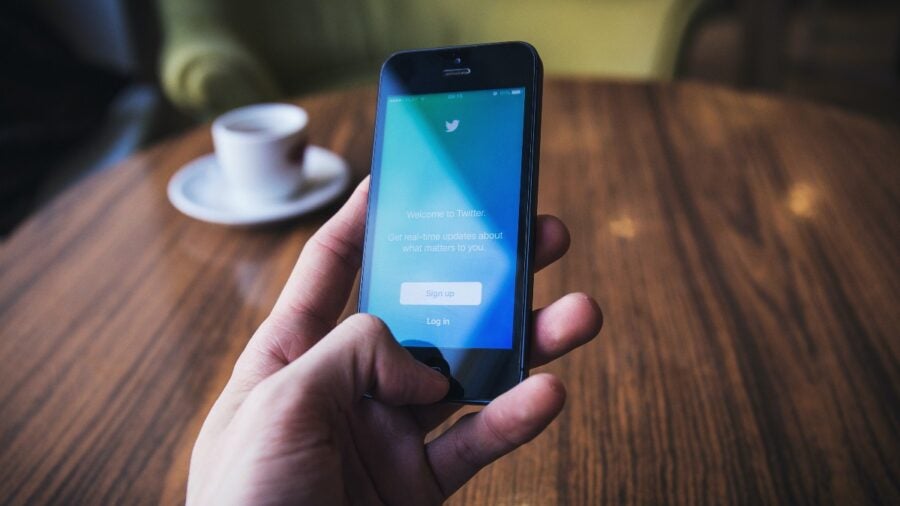
As soon as he took over Twitter in October 2022, Elon Musk announced that he had big plans for the platform. That involved turning it into far more than a mere social network.
Twitter, he declared, would become an “accelerant” for building “X, the everything app” – in much the same vein as WeChat, the Chinese messaging, mobile payments and social media platform.
Musk may soon be handing over the role of CEO to Linda Yaccarino, but he is set to continue working on product development at Twitter, where one of his top priorities is likely to be enabling the platform to broker and handle payments. The intention is to make users feel more comfortable parting with their money and to start an ecommerce revolution on the site.
Payments look set to be the foundation of his plans to monetise content creation too, as Twitter tries to compete with the likes of YouTube and Instagram, where it’s more common for users to tip creators they follow.
Musk’s reported aim is to earn revenues of about $1.3bn (£1.1bn) from payments by 2028. But what would a payments-enabled Twitter look like? And crucially, can Musk make it happen in any case?
Is the plan achievable, given Twitter’s resources?
“It’s a big challenge technically,” says Melissa Ingle, who was a senior data scientist at Twitter from September 2021 through to November 2022, when she lost her job in the mass layoffs that reduced the company from about 8,000 employees to fewer than 1,000 today.
Ingle points out that Musk does have payments experience in the shape of his former company X.com, which merged to form PayPal in 2000. But she doesn’t think this will count for much nearly a quarter of a century later.
“The real risk is headcount,” she says. “Can he roll out new features with Twitter’s reduced staff? My guess is that he can’t.”
So far, the changes that Musk has ordered to Twitter have been largely cosmetic, but even these haven’t been easy. On several occasions, the haste in which he pushed these through has caused more integral elements of the platform to break. “To integrate payments is a major technical hurdle,” Ingle says. “That would be a genuine ‘new feature’.”
Twitter’s credibility problem
Even if a payments system were to be implemented smoothly, there’s no guarantee that it would prove popular. “Most users don’t trust Twitter enough to put their date of birth in,” notes Bruce Daisley, a former executive at the company in the UK, who left before the takeover.
Most users don’t trust Twitter enough to put their date of birth in
He expects that, while there may be uptake among Musk’s “few million fanatical supporters”, the average user will probably look at the idiosyncratic entrepreneur’s controversial tenure and decide against entrusting their money to Twitter.
Daisley adds that the problem that Musk is trying to solve is also one that’s largely irrelevant outside the US. “We forget how archaic finance is in the US,” he explains. “You can’t just transfer cash to people with your bank app there.”
For consumers in countries where mobile payments using bank apps are not only possible but simple, the idea of integrating payments into Twitter is therefore unlikely to be of great interest.
What’s stopping payments on Twitter?
While hundreds of thousands of users already share links to third-party payment providers within their profiles or through their tweets, getting to the point of making payments through Twitter will be more complicated. Indeed, if Musk is to properly implement digital payments, he will have to clear several significant hurdles.
On the technical side, developing and securely rolling out a peer-to-peer payments system is a challenge that would tax even the most experienced engineering team. The severity of Twitter’s shrinkage since Musk’s takeover suggests that the business has lost much of its knowledge of how the platform’s core components work.
Playing nice with financial regulators around the world to obtain the required approvals will be another serious challenge. The fact that Musk has severely reduced Twitter’s government relations team will surely make persuading various jurisdictions to let Twitter operate in the payments space a harder task than it could have been.
His generally dismissive attitude to those in authority – or anyone questioning his methods – may not play well with the watchdogs either. An email to Twitter’s press team requesting a comment for this article received an automated response that sums up Musk’s outlook on accountability: a poo emoji.
Why Musk might need to get tough with users
The obstacles are considerable, then, which means that it’s debatable whether adding payments to Twitter will be a worthwhile investment. For instance, Daisley believes that Musk is devoting precious time and resources to a white-elephant project that’s a distraction from Twitter’s more fundamental, and pressing, problems. “These things are expensive to build, so there’s no point in doing so unless you have big usage,” he says.
There is, of course, another way. Musk has shown that he is not afraid of using the stick alongside the carrot to persuade users to behave how he wants them to. He has previously banned mentions of competing platforms and warned users that links to rival sites aren’t necessarily secure, despite a lack of evidence to suggest that they’re any riskier than Twitter.
This ‘my way or the highway’ gambit could prove to be Musk’s only workable option for realising his payments plan. “Unless he bans the use of all other payment apps, which could be disastrous, or offers some kind of incentive – and I have trouble imagining what incentive would work – people may be loath to try an untested new payment app,” Ingle says. “I’d imagine that even his hardcore fans might be a bit reluctant.”

As soon as he took over Twitter in October 2022, Elon Musk announced that he had big plans for the platform. That involved turning it into far more than a mere social network.
Twitter, he declared, would become an “accelerant” for building “X, the everything app” – in much the same vein as WeChat, the Chinese messaging, mobile payments and social media platform.
Musk may soon be handing over the role of CEO to Linda Yaccarino, but he is set to continue working on product development at Twitter, where one of his top priorities is likely to be enabling the platform to broker and handle payments. The intention is to make users feel more comfortable parting with their money and to start an ecommerce revolution on the site.





